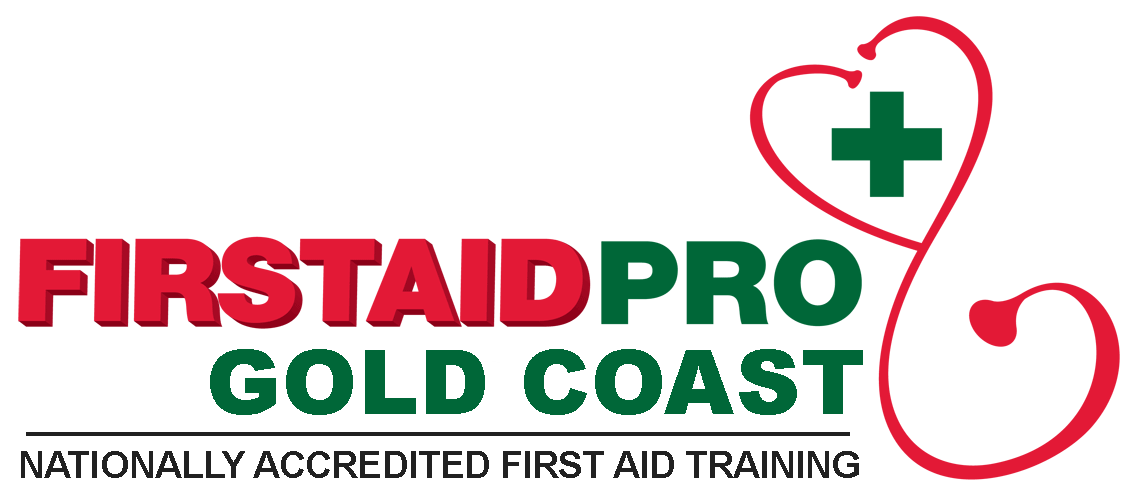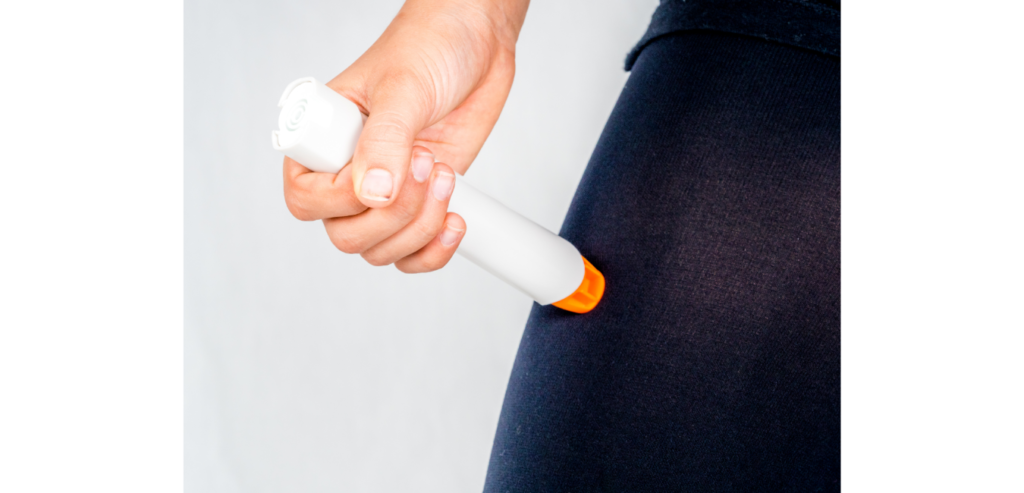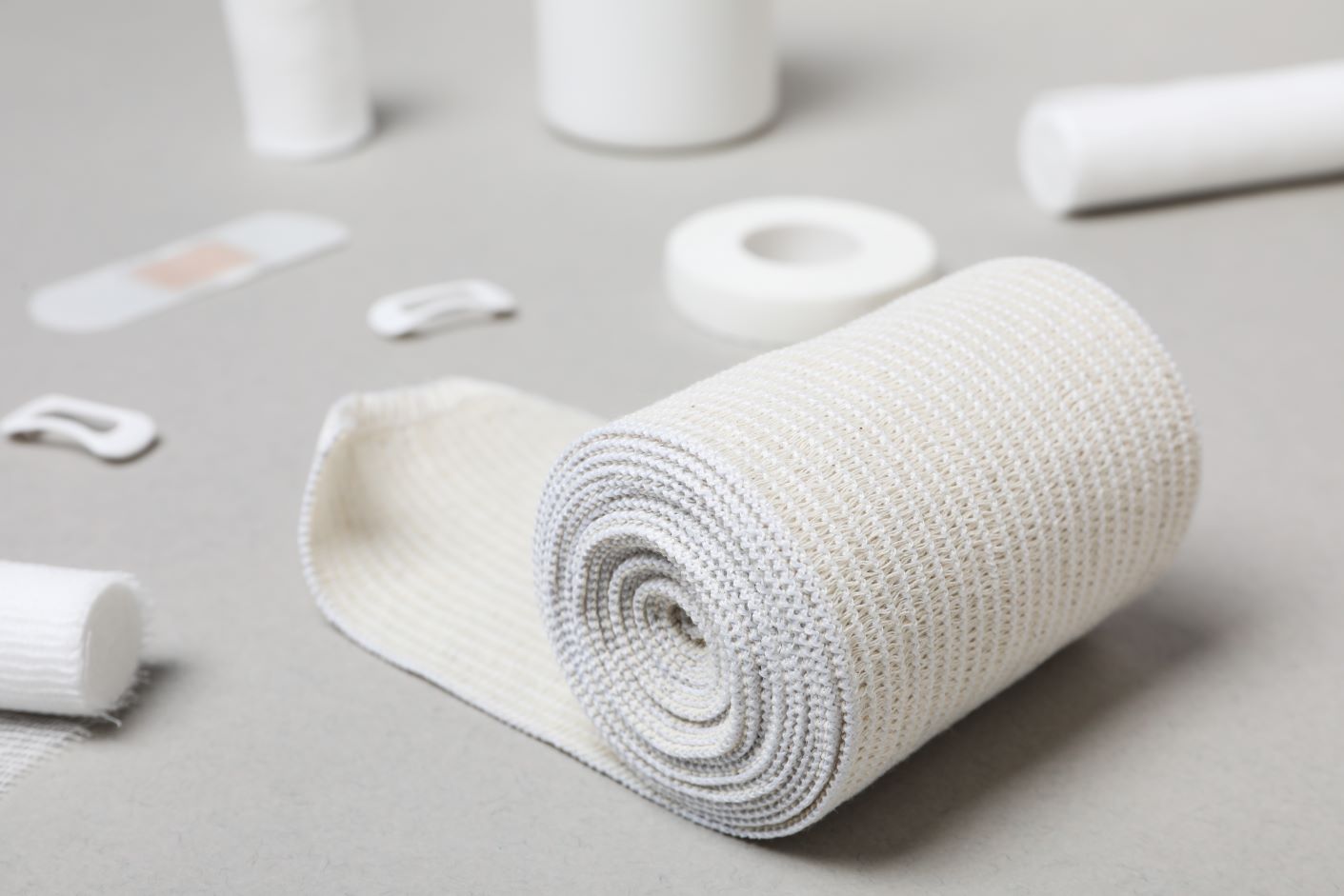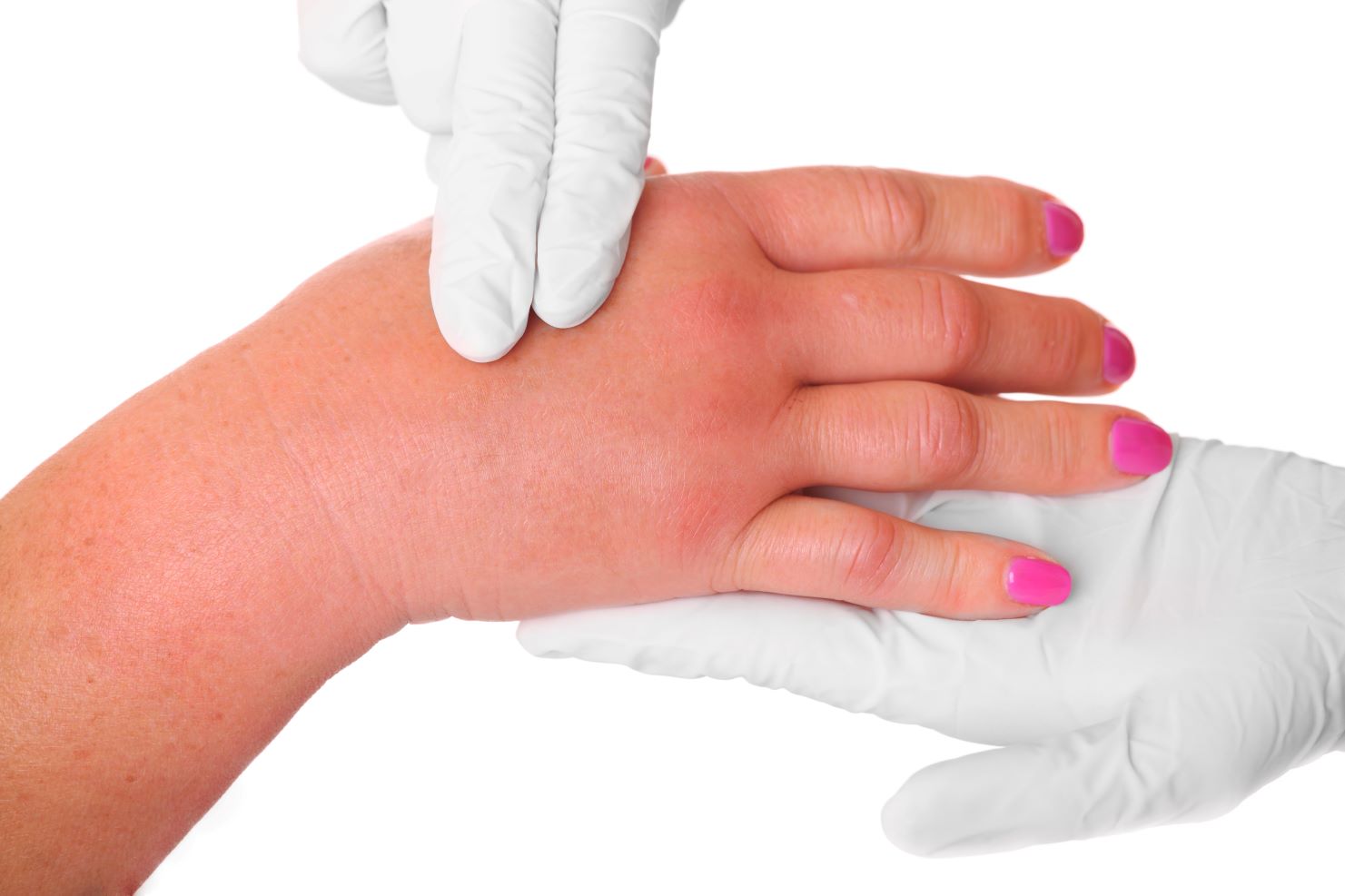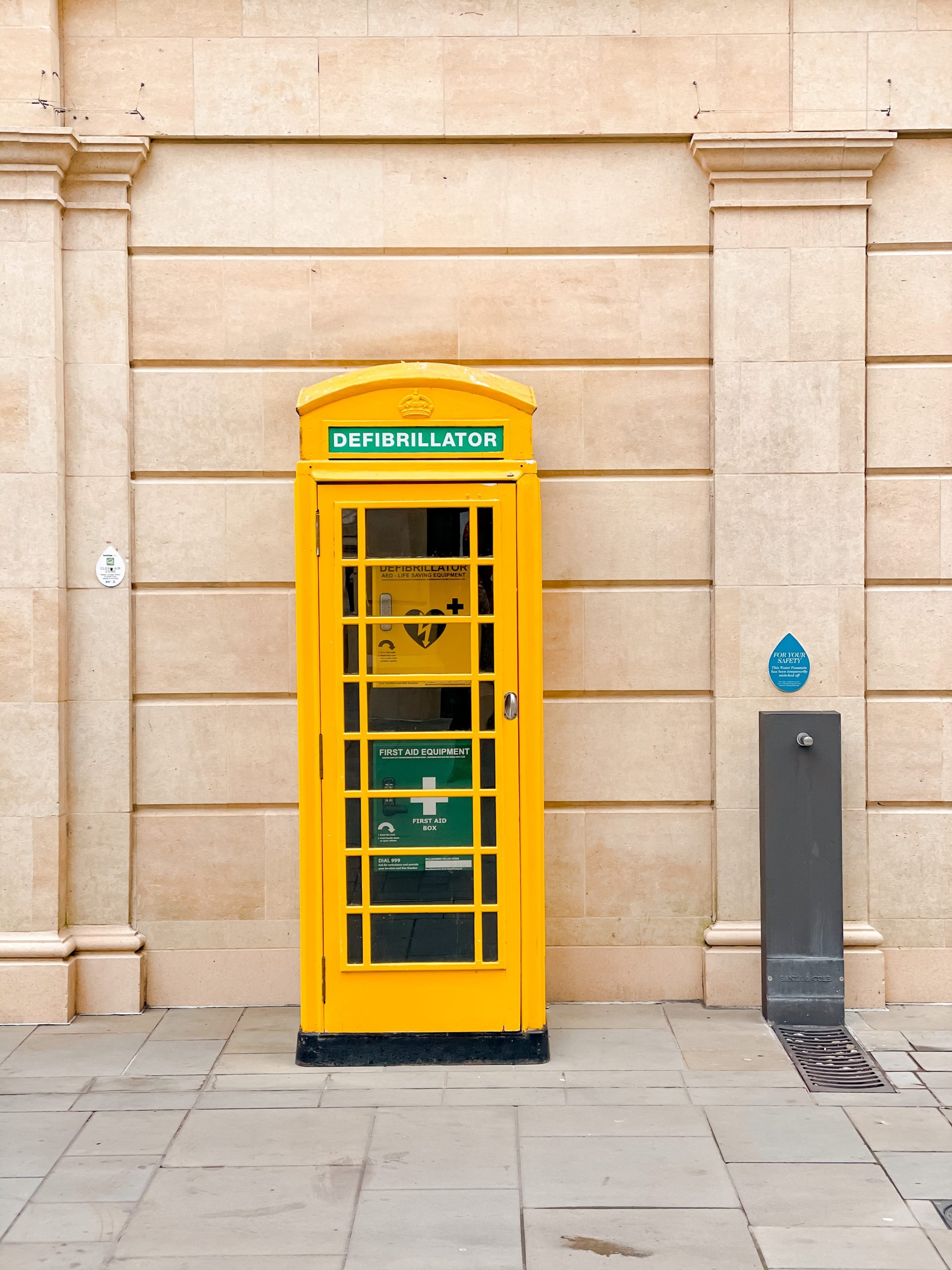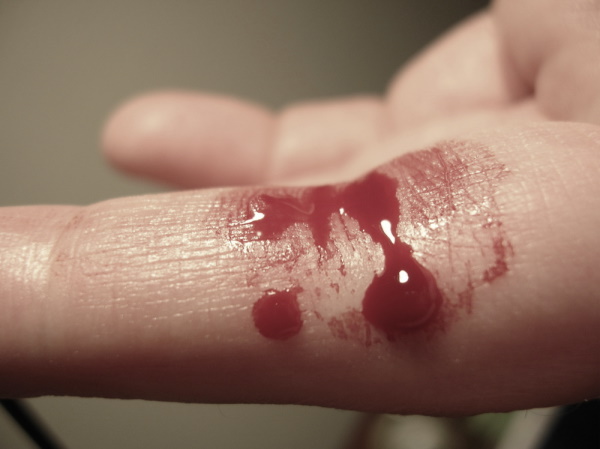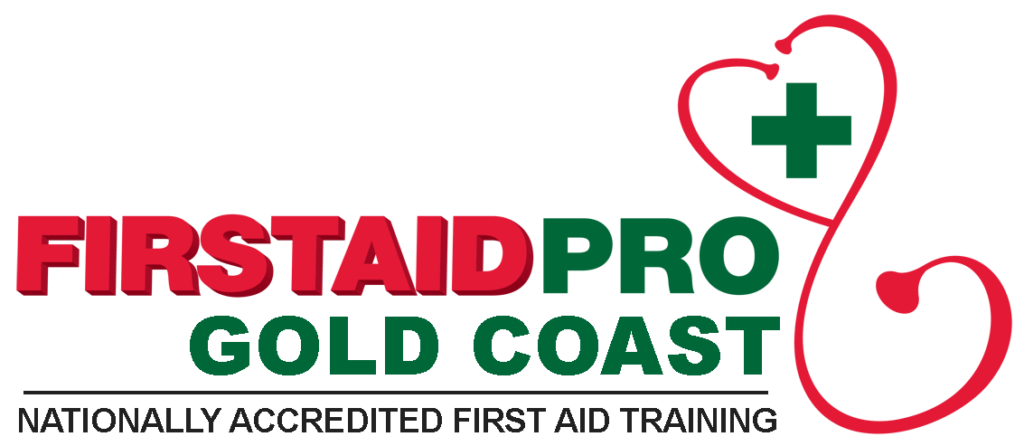Epinephrine pens are designed to provide quick access to Epinephrine, better known as adrenaline. These are medical devices that are used for emergency situations. Epinephrine is used in many medical emergencies to help reverse the effects of anaphylaxis or severe allergic reactions. They are often used for people with asthma, food allergies, or other conditions where their body’s immune system becomes overactive because of something they have eaten or inhaled. This article will provide you with plenty of information on what epinephrine pens are and why they should be carried by first responders, preppers, and anyone else who might need them. It will also teach you why EpiPen and AnaPen should be included in your first aid kit.
What does Epinephrine do?
Epinephrine (Adrenaline) does a variety of things that help reduce the effects of bad allergic reactions. Injecting adrenaline straight into the bloodstream has instant effects that quickly help you and your body recover from an allergic reaction.
Adrenaline helps by:
Adrenaline increases your heart rate and how strong your heart pumps (increases blood pressure). It causes blood vessels to send more blood to the brain, muscles and organs. Doing so makes airways increase in size to allow the lungs to work efficiently, raises sugar levels to give you more energy, and makes your brain more alert-making oxygen travel around the body quicker.
Adrenaline also helps reduce pain, so it can help if you are injured. It makes you stronger and allows you to perform better too. However, we don’t recommend injecting adrenaline for that sole purpose. It should only be used for a medical emergency! Since adrenaline provides a form of pain relief. It can help mitigate some of the issues caused by anaphylaxis.
This helps people with an allergic reaction or people with anaphylaxis. It overrides the immune system’s orders to overprotect the body by reducing the effect these chemicals have on the body and also making the body more active and alert. It is a life-saving injection that makes a world of difference.
What can an Epinephrine Injector be used for?
Epinephrine most common use is for:
- Anaphylaxis: All people with anaphylaxis are recommended to have an EpiPen or Anapen on them at all times. This is to make sure that if they have an allergic reaction, they are okay! We have a detailed article on anaphylaxis, so make sure you check it out here.
- Cardiac Arrest is when your heart stops beating. This can be for various reasons. However, an adrenaline shot can give your body the power to restart and boost your heart rate. It can be used in addition to CPR and is super effective at quickly moving oxygen around the body to vital organs. This reduces any damage caused by the heart-stopping, as organs can decay quickly without blood flow.
What are the different brands, and what do they do?
Currently, in Australia, there are two different brands of Epinephrine. The most common is the EpiPen. However, there is Anapen as well. Both of which are used here in Australia. The differences between the two injectors aren’t major, but they are still good to know about! So what are the differences? Well, let me tell you!
- Anapen is typically the cheaper option as it is an older design and takes more time to inject. However, both EpiPen and Anapen are equally effective.
- Anapen does not have a viewing window to check the Epinephrine before use. This can be useful as a viewing window can show if any discolouration has occurred, which may decrease the effectiveness of adrenaline.
- EpiPen is also easier to inject. Anapen, you have to inject the device and then press the red button on the device. Whereas with EpiPen, you can remove the safety cap and inject it straight away without having to worry about pressing any buttons!
- EpiPen also has a self-deploying safety cover that covers the needle after use. This is to avoid any contact with the needle. The Anapen has a replaceable cover that needs to be placed manually over the needle after use.
At FirstAidPro, we recommend using an EpiPen over an Anapen as an EpiPen is easier to use quickly. Most training will also only teach you about how to use an EpiPen.
How to use an EpiPen
An EpiPen needs to be injected into a person for it to be used in an emergency situation. Here is how to use an EpiPen. This information can also be found on the Anaphylaxis action plan provided by ASCIA.
- Form a fist around the EpiPen and pull off the blue safety release
- Hold the leg still and place the orange end against the outer mid-thigh (with or without clothing)
- Push down hard until a click is heard or felt and hold in place for 3 seconds. After this, remove the EpiPen.
The EpiPen will automatically cover the exposed needle. Do not throw out the used EpiPen. If emergency services are coming, give them the EpiPen or alternatively give it to the pharmacist or doctor to be disposed of properly.
Also, make sure you have the right type of EpiPen as adults over 20kg and children less than 20kg have different doses in the EpiPen.
How to use an Anapen
Anapen is used in the same situation as an EpiPen.
- Pull off the black shield
- Pull off the grey safety cap (from the red button)
- Place the needle end firmly against the outer mid-thigh (it can be injected through clothing)
- Press the red button, so it clicks and hold it for 10
- Then Remove the Anapen
After using the Anapen, place the black safety cap back onto the exposed needle. Similarly, with the EpiPen. Give the Anapen to an ambulance, or give the Anapen to your doctor or pharmacist to be disposed of properly.
How to Store an EpiPen and AnaPen
EpiPen’s and AnaPen’s are both fairly similar when it comes to taking care of and storing them!
- Adrenaline is heat-sensitive, so it is essential to try to keep your Adrenaline injector below 25℃ or at room temperature.
- Do not store it in the fridge as the cold temperature can affect the needle. Avoid storing it in the car or the bathroom as excess heat or steam can damage the adrenaline and the needle and decrease the effectiveness of the adrenaline.
- Try not to drop it! If you do, check for any leaks, cracks or damage to the needle. If there is any damage, it is important to replace it! As you wouldn’t want to have an anaphylaxis shock and have a useless EpiPen!
- Safe places to store an Epinephrine Pen can be storing it in a backpack, keeping it out of direct sunlight and in a location that is easy to access. EpiPen injectors have a viewing window which means you can check if the adrenaline is discoloured or contains a precipitate, which might reduce how effective it is.
- EpiPen and AnaPen do have an expiration date. If it’s been a while since you’ve checked yours, make sure your EpiPen or AnaPen is up to date. If it’s not up to date, the adrenaline might not save your life when injected.
- It is important to check your EpiPen/AnaPen regularly so when you need that Adrenaline shot, for an anaphylaxis attack or other health reasons, you will always be safe.
Adverse effects
As with everything, there is always a possibility that an Epinephrine Injector will affect you badly. However, the effects of Epinephrine are not usually harmful. Minor effects caused are; Anxiety, fear, restlessness, headache, dizziness, palpitations, tremor and paleness.
Suppose you experience any effects which are worse than those mentioned, it is essential to discuss this with your doctor! Whilst extreme health effects are very rare. The benefit of injecting Epinephrine will always be greater than the life-threatening effects of anaphylaxis.
How First Aid Training can help!
A first aid course is a great way to help out yourself and those you love. If you know anyone who uses an Epinephrine Injector or you need an EpiPen or AnaPen, it can be a great way to learn how to use one! You’ll also learn how to provide first aid in a life-saving situation. Our HLTAID011 Provide First Aid training course is a great course to do, and it can save a life! It is inexpensive, and you can book it within a day’s notice. So why not book today!
Follow us for more!
Love our blog and article posts? Keep in contact with us through our socials or save our blog page by pressing the star in the corner of your browser. We’ll see you soon!
Tiktok: @firstaidproau
Instagram: @firstaidproaus
Facebook: First Aid Pro
